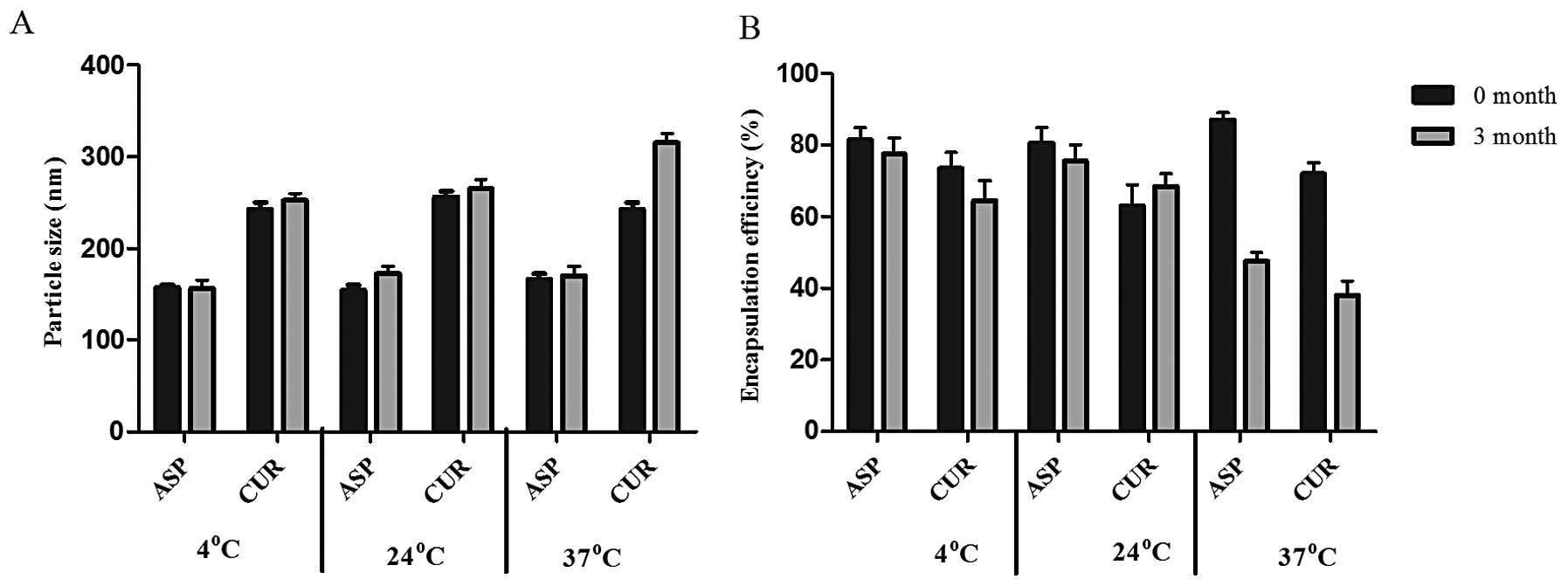|
1.
|
R SiegelD NaishadhamA JemalCancer
statistics, 2012CA Cancer J Clin621029201210.3322/caac.20138
|
|
2.
|
V FendrichChemoprevention of pancreatic
cancer-one step closerLangenbecks Arch
Surg397495505201210.1007/s00423-012-0916-x22350613
|
|
3.
|
CD LogsdonJL AbbruzzeseChemoprevention of
pancreatic cancer: ready for the clinic?Cancer Prev Res
(Phila)313751378201010.1158/1940-6207.CAPR-10-021621084259
|
|
4.
|
SS HusainIL SzaboAS TamawskiNSAID
inhibition of GI cancer growth: clinical implications and molecular
mechanisms of actionAm J
Gastroenterol97542553200210.1111/j.1572-0241.2002.05528.x11922545
|
|
5.
|
AT ChanEL GiovannucciES SchernhammerA
prospective study of aspirin use and the risk for colorectal
adenomaAnn Intern
Med140157166200410.7326/0003-4819-140-3-200402030-0000614757613
|
|
6.
|
A KokawaH KondoT GotodaIncreased
expression of cyclooxygenase-2 in human pancreatic neoplasms and
potential for chemoprevention by cyclooxygenase
inhibitorsCancer91333338200110.1002/1097-0142(20010115)91:2%3C333::AID-CNCR1006%3E3.0.CO;2-N11180079
|
|
7.
|
EJ JacobsCJ ConnellC RodriguezAV PatelEE
CalleMJ ThunAspirin use and pancreatic cancer mortality in a large
United States cohortJ Natl Cancer
Inst96524528200410.1093/jnci/djh08415069114
|
|
8.
|
SD StanSV SinghRE BrandChemoprevention
strategies for pancreatic cancerNat Rev Gastroenterol
Hepatol7347356201020440279
|
|
9.
|
ML KuoTS HuangJK LinCurcumin, an
antioxidant and anti-tumor promoter, induces apoptosis in human
leukemia cellsBiochim Biophys
Acta131795100199610.1016/S0925-4439(96)00032-48950193
|
|
10.
|
FH SarkarS BanerjeeY LiPancreatic cancer:
pathogenesis, prevention and treatmentToxicol Appl
Pharmacol224326336200710.1016/j.taap.2006.11.00717174370
|
|
11.
|
G SaT DasAnti cancer effects of curcumin:
cycle of life and deathCell
Div314200810.1186/1747-1028-3-1418834508
|
|
12.
|
L MoragodaR JaszewskiAP MajumdarCurcumin
induced modulation of cell cycle and apoptosis in gastric and colon
cancer cellsAnticancer Res21873878200111396178
|
|
13.
|
DW LiJP LiuYW MaoCalcium-activated
RAF/MEK/ERK signaling pathway mediates p53-dependent apoptosis and
is abrogated by alpha B-crystallin through inhibition of RAS
activationMol Biol
Cell1644374453200510.1091/mbc.E05-01-001016000378
|
|
14.
|
JA RomashkovaSS MakarovNF-kappaB is a
target of AKT in anti-apoptotic PDGF
signallingNature4018690199910.1038/4347410485711
|
|
15.
|
NV MatusheskiJA JuvikEH JefferyHeating
decreases epithiospecifier protein activity and increases
sulforaphane formation in
broccoliPhytochemistry6512731281200410.1016/j.phytochem.2004.04.01315184012
|
|
16.
|
G KallifatidisV RauschB
BaumannSulforaphane targets pancreatic tumour-initiating cells by
NF-kappaB-induced anti-apoptotic
signallingGut58949963200910.1136/gut.2008.14903918829980
|
|
17.
|
JW LampeSulforaphane: from chemoprevention
to pancreatic cancer
treatment?Gut58900902200910.1136/gut.2008.16669419520886
|
|
18.
|
CV RaoHL NewmarkBS ReddyChemopreventive
effect of farnesol and lanosterol on colon carcinogenesisCancer
Detect Prev26419425200210.1016/S0361-090X(02)00119-812507226
|
|
19.
|
P ZhouSW ChengR YangB WangJ LiuCombination
chemoprevention: future direction of colorectal cancer
preventionEur J Cancer
Prev21231240201210.1097/CEJ.0b013e32834dbbfd22456425
|
|
20.
|
A ChaudharyJ WangS PrabhuDevelopment and
validation of a high-performance liquid chromatography method for
the simultaneous determination of aspirin and folic acid from
nano-particulate systemsBiomed Chromatogr24919925201020033881
|
|
21.
|
S PrabhuLP TranGV BetageriEffect of
co-solvents on the controlled release of calcitonin polypeptide
from in situ biodegradable polymer implantsDrug
Deliv12393398200510.1080/1071754059096887316253955
|
|
22.
|
L Brannon-PeppasJO BlanchetteNanoparticle
and targeted systems for cancer therapyAdv Drug Deliv
Rev5616491659200410.1016/j.addr.2004.02.01415350294
|
|
23.
|
RH MüllerK MäderS GohlaSolid lipid
nanoparticles (SLN) for controlled drug delivery - a review of the
state of the artEur J Pharm Biopharm50161177200010840199
|
|
24.
|
M UnerG YenerImportance of solid lipid
nanoparticles (SLN) in various administration routes and future
perspectivesInt J Nanomed2289300200718019829
|
|
25.
|
H YuanJ ChenYZ DuFQ HuS ZengHL ZhaoStudies
on oral absorption of stearic acid SLN by a novel fluorometric
methodColloids Surf B
Biointerfaces58157164200710.1016/j.colsurfb.2007.03.00217446050
|
|
26.
|
A ChaudharyD SutariaY HuangJ WangS
PrabhuChemoprevention of colon cancer in a rat carcinogenesis model
using a novel nanotechnology-based combined treatment systemCancer
Prev Res (Phila)416551664201110.1158/1940-6207.CAPR-11-0129
|
|
27.
|
BS ReddyJ NayiniK TokumoJ RigottyE ZangG
KelloffChemoprevention of colon carcinogenesis by concurrent
administration of piroxicam, a nonsteroidal antiinflammatory drug
with D,L-alpha-difluoromethylornithine, an ornithine decarboxylase
inhibitor, in dietCancer Res50256225681990
|
|
28.
|
A MigliettaR CavalliC BoccaL GabrielMR
GascoCellular uptake and cytotoxicity of solid lipid nanospheres
(SLN) incorporating doxorubicin or paclitaxelInt J
Pharm2106167200010.1016/S0378-5173(00)00562-711163988
|
|
29.
|
F YanC ZhangY ZhengThe effect of poloxamer
188 on nanoparticle morphology, size, cancer cell uptake, and
cytotoxicityNanomedicine6170178201010.1016/j.nano.2009.05.00419447200
|
















